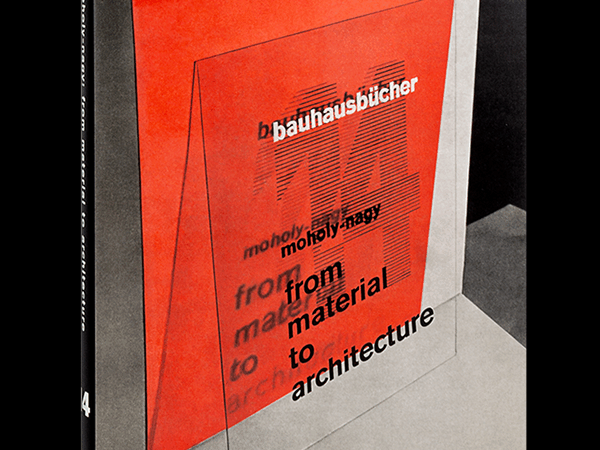THE STRETCH OF road between Goffs and Amboy, California, has been around for over a hundred years, and in that time it has been known by many names. It initially formed a part of the National Old Trails Road, a primitive, mostly unpaved cross-country route that predated the establishment of the US highway system. In the late 1920s it was incorporated into Route 66 and under this designation it served for decades as the main thoroughfare through the Mojave desert.

Nothing lasts forever in the desert.
After the construction of Interstate 40 in the 1960s, which runs about ten miles to the north, traffic on the smaller highway decreased, and the road was eventually stripped of its number. Although the state of California would later give it the in memoriam designation of State Road 66, it became known simply as the National Trails highway.
It is, for its length, one of the most beautiful stretches of road in the world, an ecstatic procession of endless high desert ringed by distant mountains and tinted, at those points where the land meets the sky, by a particular shade of blue that exists nowhere else in the world. But it is not just the natural landscape that gives the road its beauty. In the days before the interstate, the road was home to gas stations, restaurants, hotels and other amenities for travellers. Once the interstate eclipsed the smaller road, the services went into a terminal decline. Many of the buildings were boarded up and abandoned, left to the mercy of the desert.

Out-buildings at the old Mobil station outside Essex, CA.

An old cafe and gas station in Essex, CA. In its day it offered ‘air conditioning’ and ‘good food’.

The old Mobil station outside Essex, CA., in either 2008 or 2009. The structure was still standing as of Winter 2015, but the intervening years have not been kind.

The unmistakable shape of a gas station. The faded words on the building read ‘Official Garage’.
The first time I travelled the road, back in the early 1980s, it was still possible to find breakfast in the small communities of Essex and Goffs. Now there is almost nothing. Roy’s Gas Station in Amboy has managed to survive, although the old motor-court-style hotel next to it is nothing but an empty office and series of equally empty cabins. The Road Runner restaurant and its gas station, half-way between Essex and Amboy, are long gone; the old Mobil station on the outskirts of Essex grows more dilapidated with each passing year; and Goffs, which advertises a population of 23 but is surely overstating the case, now has little more than a disused train station to its name.
It is these structures, locked in a gradual but continuous process of being erased from the Mojave desert, that transform this road into such a captivating experience. In the span of only a few decades, the buildings along this road emerged from nothing, an automatic response to the demands of the highway. In another few decades, they will be nothing once again. But before they return to the desert, they stand before us as ruins; and, like all ruins, they serve to remind us both of the achievements of a once great civilisation, and of the eternal impermanence of human endeavour.

The Amboy School. There is still a school in Amboy, but these buildings have not been used in many years.

The office for the hotel attached to Roy’s Gas Station, a surprising piece of mid-century modernism in the desert. The hotel has been ‘under redevelopment’ for the last decade, but shows no signs of reopening.

An abandoned building in Goffs, CA. I’m pretty sure I had breakfast here back when the building was still intact.

Road Runner’s Retreat. It is difficult to determine what this building may once have contained.

An abandoned ice cooler in Goffs, CA.

An abandoned building next to the train tracks in Goffs, CA.

One day the archaeologists will puzzle over these strange round artefacts from the past.
Phantom Architecture is a series focusing on vanished and vanishing buildings, both in Berlin and further afield.
Jesse Simon is a writer, editor, cartographer and opera critic based in Berlin. In addition to writing about urbanism and classical music, he is currently co-editing a book on typography in Berlin (follow @Berlin_Type on Twitter for updates).
All photographs by the author.




